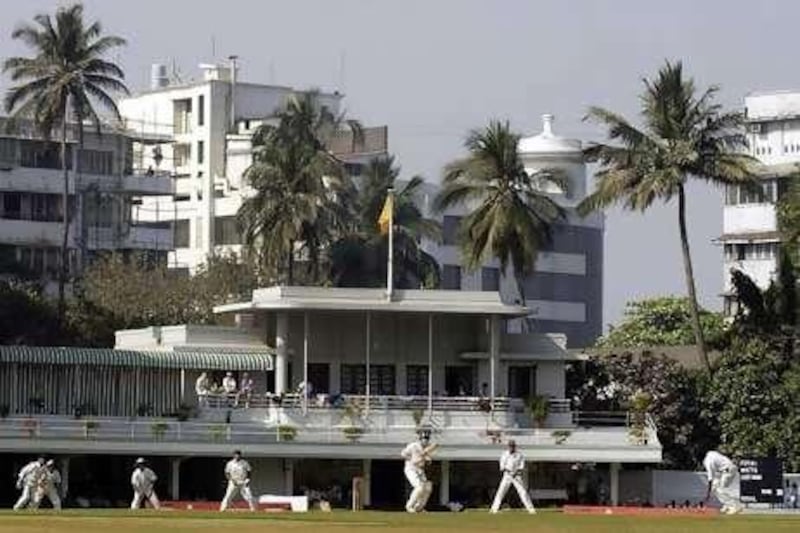India's colonial history still rankles many as much as it intrigues others; it is a past that united a nation of feuding people before dividing it into fractious neighbours. Yet cricket, a decidedly British legacy, is celebrated by almost every Indian anywhere in the country, and nowhere more than at Brabourne Stadium in Mumbai.
Owned by the Cricket Club of India and built in honour of Lord Brabourne, the former governor of Bombay, for 300-odd rupees in the 1930s, the stadium is the sporting symbol of a colonial past that is hated but, perhaps curiously, not forgotten. And it is that Old World feel that many stadiums across India lack. Walk through the club's lobby, which bears the name of the Maharajah of Jamnagar, with walls dotted by black-and-white pictures of heroes past, and then enter the hallowed ground, and you are removed from the city's bustle and transported to another era.
Legacies have been built here, be it the storied rivalry of the Hindus' Vijay Merchant with the Rest's Vijay Hazare in 1943-44; the 14 Ranji Trophy title wins by the then Bombay from 1938 to 1973; Sachin Tendulkar's dominant first-class double-century against Australia in 1998; or Leander Paes's memorable Davis Cup match, leading India's tennis team to a win over Pakistan in 2006. Brabourne Stadium is where Indians develop a keen sense of history. It is where they bury the hatchet with their colonial masters over a game of cricket and a cup of tea.
@Email:ckadalayil@thenational.ae





